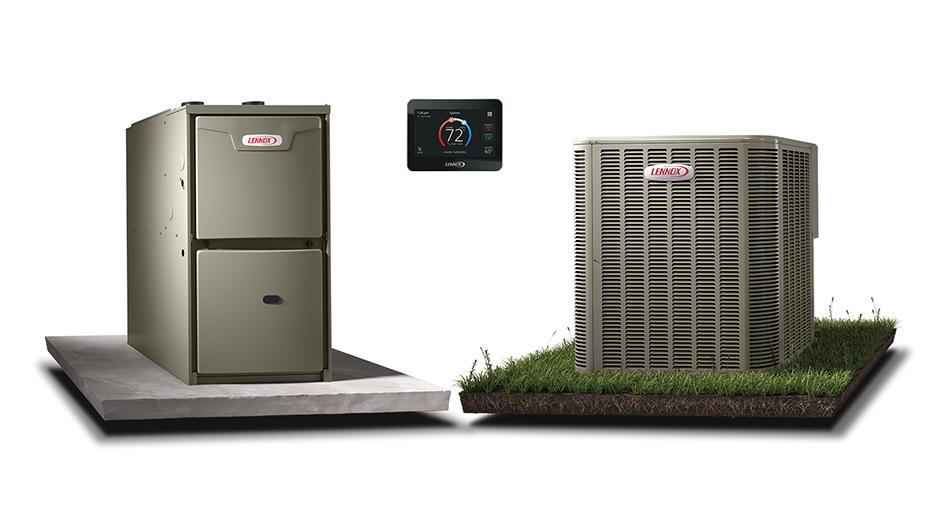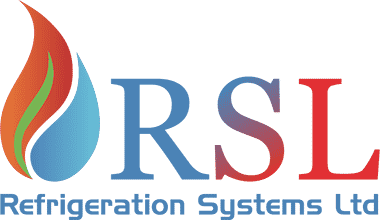
The concept of installing both a furnace and heat pump can seem a bit odd at first. After all, why do you need two heating systems? Although furnaces and heat pumps both deliver energy-efficient heat, the variations in their design actually make using both of them a viable option. It’s not for everyone, but under the right conditions you will truly benefit from owning a furnace and a heat pump.
You’ll need to consider several factors in order to confirm if this kind of setup works for you. Your local climate and the square footage of your home are both very important, namely for the heat pump. This is because multiple models of heat pumps begin to work less efficiently in colder weather and larger homes. That being said, you can still benefit from heat pump installation in Richmond.
Heat Pumps Can Be Less Efficient in Cold Weather
Heat pumps are commonly less effective in cooler weather because of how they create climate control in the first place. Compared to furnaces, which burn fuel to create heat, a heat pump reverses its flow of refrigerant to draw heat from outdoor air. This heat is then pulled inside and distributed around your home. Provided there is still a little heat energy in the air, a heat pump can function. But the colder the temperature, the less efficient this process is.
The less heat energy is usable outside, the more time is needed for a heat pump to pull heat indoors to generate your preferred temperature. It can depend on the specific make and model, but heat pumps can start to drop in efficiency at temperatures of 40 degrees and below. They should still be an energy-efficient option until 20-25 degrees, at which a gas furnace is more effective.
What Temperatures Do Heat Pumps Run Best In?
Heat pumps manage best in temperate climates 40 degrees and up. That said, you don’t have to miss out on the benefits of a heat pump just because your local climate is cooler. As a matter of fact, that’s why using both a furnace and heat pump might be worth the costs. You can use the heat pump for energy-efficient heat until the weather is cold enough to justify swapping to something like a gas furnace.
Certain makes and models tout greater effectiveness in cold weather. For example, the Lennox MLA heat pump is capable of working at 100% capacity at 0°F. It can even continue running in temperatures as extreme as -22°F. For optimal energy efficiency, you’ll likely still want to switch to the furnace in especially cold weather.
So Should I Get a Heat Pump if I Have a Gas Furnace?
If you’re thinking about maintaining the most energy-efficient HVAC system achievable, owning a heat pump and gas furnace at the same time deserves the investment. Not only is a dual-heating system versatile, but it offers other perks including:
- Dependable backup heating – A redundant heating system means even if one fails, you still have the ability to heat your home. It might not be the most energy efficient, but it’s better than having an unheated home while you wait for repairs.
- Lower energy costs – The ability to pick which heating system you use according to the highest energy efficiency reduces your total costs. Smaller heating bills over the life span of these systems can really add up to plenty of savings.
- Less strain on both systems – Compared to running one system all winter long, heating responsibilities are divided between the furnace and heat pump. Essential hardware will sometimes last longer as they’re not under constant use.
If you’re still uncertain about heat pump installation in Richmond, don’t hesitate to get in touch with your local professional technicians. They can walk you through your home’s comfort needs and help you decide if a dual-heating HVAC system is the right option.
